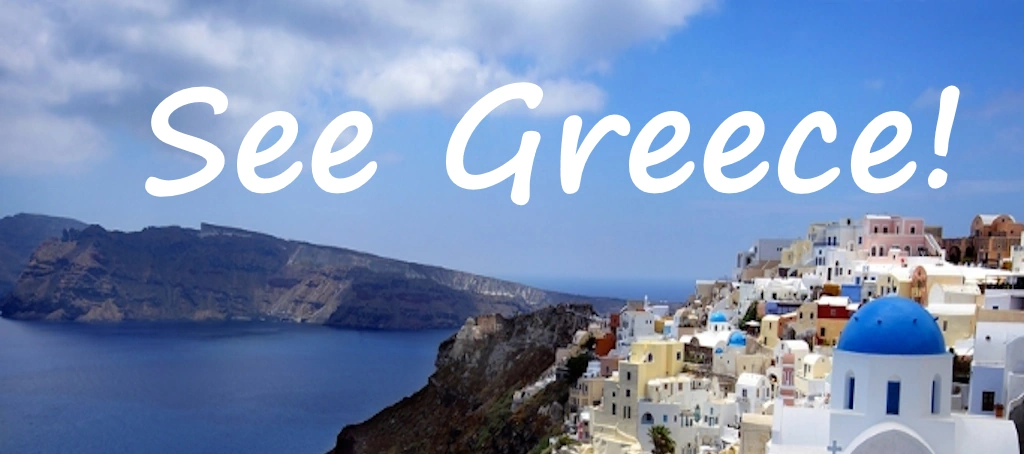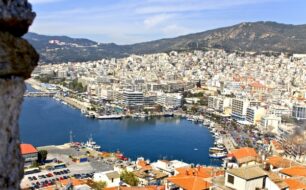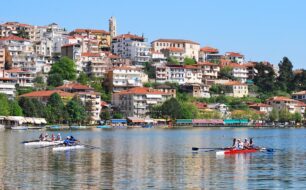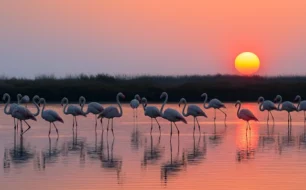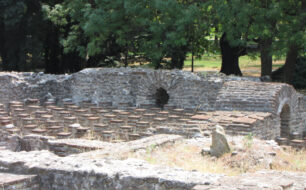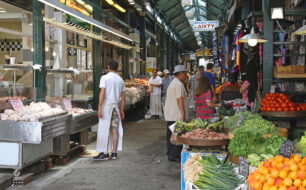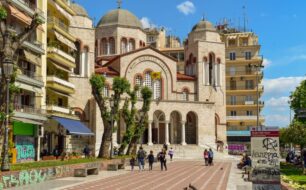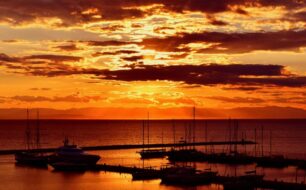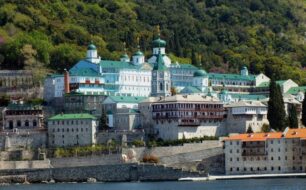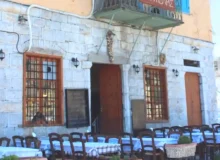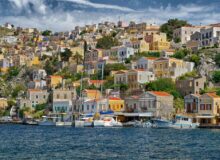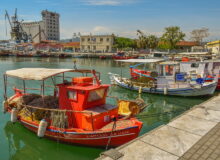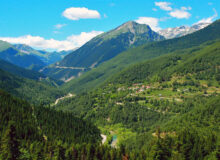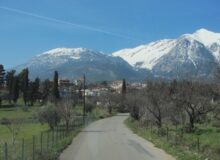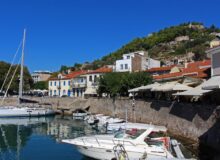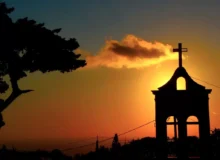See Greece introduces a guide to Macedonia with a brief history of this region of Greece along with its major towns and cities, and main tourist attractions.

Exploring Macedonia: Greece’s Northern Gem
A Brief History of Macedonia
Macedonia, one of Greece’s most historically significant regions, has been a crossroads of civilizations for millennia. In antiquity, it was the heartland of the Macedonian Kingdom, ruled by Philip II and his son Alexander the Great, whose conquests shaped the ancient world. Later, it became a key part of the Roman and Byzantine Empires, dotted with thriving cities like Pella and Thessaloniki.
During the Ottoman era, Macedonia remained a cultural melting pot, home to Greeks, Slavs, Turks, and Jews. After the Balkan Wars (1912–1913), most of the region was incorporated into modern Greece. Today, Greek Macedonia is a vibrant area blending ancient heritage, Byzantine spirituality, and stunning natural landscapes—from the shores of the Aegean to the peaks of Mount Olympus.
Macedonia: Major Cities and Towns

Thessaloniki
Greece’s second-largest city, Thessaloniki, is a bustling metropolis with a rich history. Founded in 315 BC, it boasts Roman ruins, Byzantine churches, wonderful museums, and a vibrant waterfront lined with cafes. Key sights include the White Tower, the City Walls, the Rotunda, and the lively Aristotelous Square.
Veria
A picturesque town with a well-preserved Jewish quarter, Byzantine-era churches, and Ottoman architecture. Nearby, the archaeological site of Vergina (ancient Aigai) houses the royal tombs of Macedonian kings, including Philip II.
Edessa
Famous for its stunning waterfalls, Edessa is a charming town with lush greenery and a scenic old district with cobbled streets and traditional houses.
Naousa
A scenic town surrounded by orchards and vineyards, Naousa is known for its wine production and winter sports at the nearby ski resort of Seli.

Kastoria
Built on a peninsula in Lake Orestiada, Kastoria is famous for its Byzantine churches, fur trade history, and stunning lakeside setting. get full information on our Kastoria page.
Drama
A quiet city with neoclassical architecture, surrounded by forests and thermal springs. It serves as a gateway to the scenic Nestos River and the Rhodope Mountains.

Kavala
A coastal gem with a well-preserved old town (Panagia), a Byzantine fortress, and the impressive Imaret monument. It’s also the port for ferries to Thassos Island. Learn more on our full page about Kavala.
Serres
A lively city near Lake Kerkini, known for its Byzantine fortress, vibrant nightlife, and access to wildlife-rich wetlands.
Ptolemaida
An industrial town with a surprising number of Ottoman-era landmarks and proximity to the scenic Vegoritida Lake.
Macedonia: Major Tourist Attractions
Macedonia is a huge area and has many attractions. Here are some of the major ones.

Mount Olympus
The mythical home of the Greek gods and Greece’s highest mountain. A paradise for hikers, with trails leading to the summit (Mytikas) and stunning gorges.
Vergina
The ancient first capital of Macedonia, where the royal tombs—including Philip II’s lavishly decorated burial site—are displayed in a subterranean museum.
Dion Archaeological Site
A sacred city of ancient Macedon, with well-preserved ruins of temples, theaters, and villas set against the backdrop of Mount Olympus. See our full page all about Dion.

Prespa Lakes
Tranquil twin lakes shared with Albania and North Macedonia, home to rare birdlife, Byzantine-era churches, and the secluded island of Agios Achillios.
Lake Kerkini
A vital wetland sanctuary for pelicans, flamingos, and buffalo, offering boat tours and birdwatching opportunities.
Pella
The birthplace of Alexander the Great, featuring impressive mosaics and the ruins of the ancient Macedonian capital.

The White Tower (Thessaloniki)
The iconic symbol of Thessaloniki, a 15th-century Ottoman tower now housing a museum on the city’s history.

The Meteora Monasteries (Western Macedonia)
Though mostly associated with Thessaly, two stunning monasteries (Meteora’s Holy Trinity and St. Varlaam) extend into Macedonia, perched atop dramatic rock formations.
The Walls of Thessaloniki
Remnants of the city’s Byzantine fortifications, offering panoramic views from the Upper Town (Ano Poli).
The Cave of Alistrati
One of Greece’s most impressive caves, with colossal stalactites and an underground river.
The Loutra Pozar Thermal Baths
Natural hot springs nestled in the forests of Mount Kaimaktsalan, perfect for relaxation.

Macedonia: Conclusion
Macedonia is a treasure trove of history, nature, and culture. Whether exploring ancient ruins, hiking mythical mountains, or enjoying the vibrant life of Thessaloniki, visitors will find a region that beautifully blends the past with the present. From the waterfalls of Edessa to the royal tombs of Vergina, Greek Macedonia promises an unforgettable journey.
